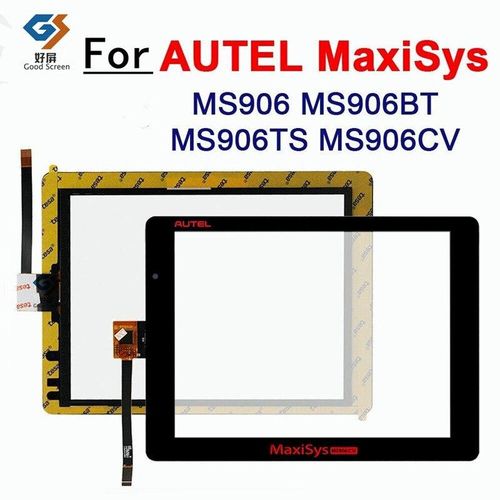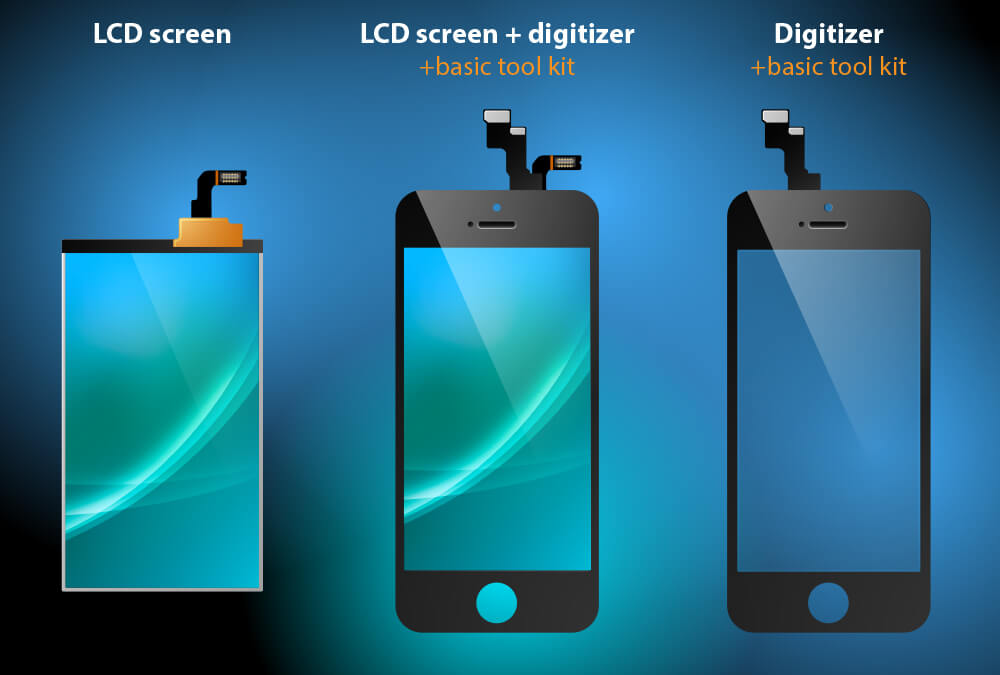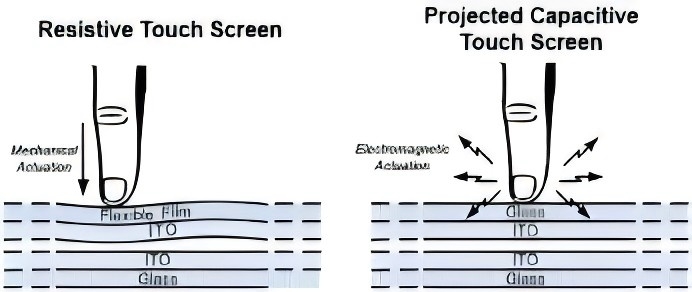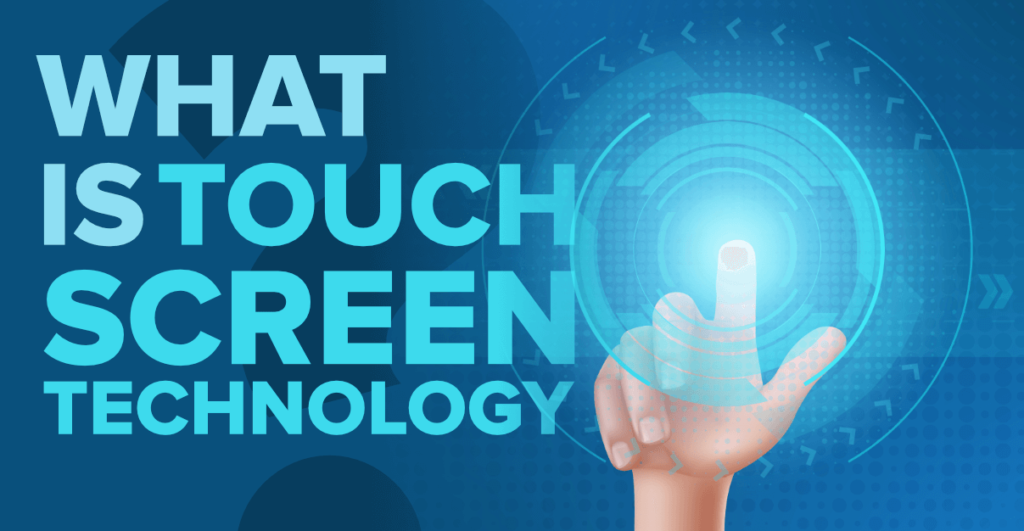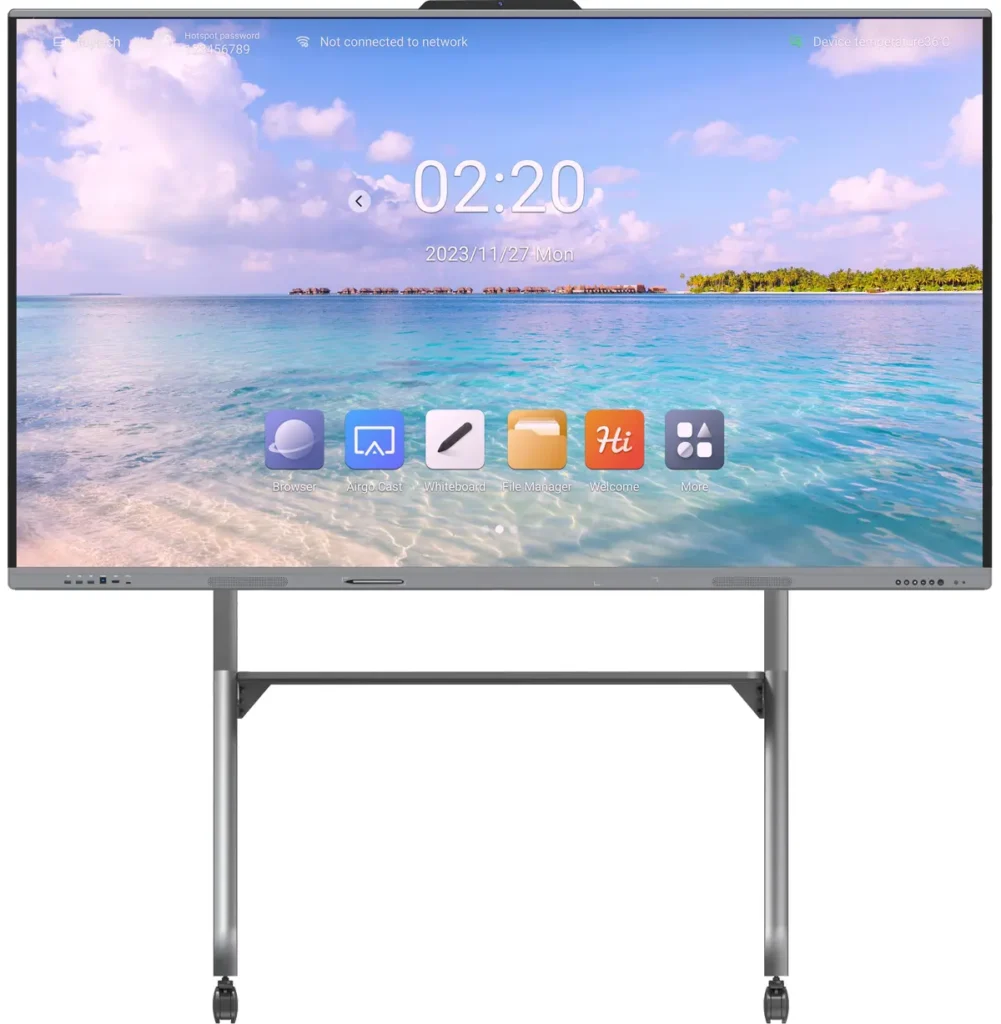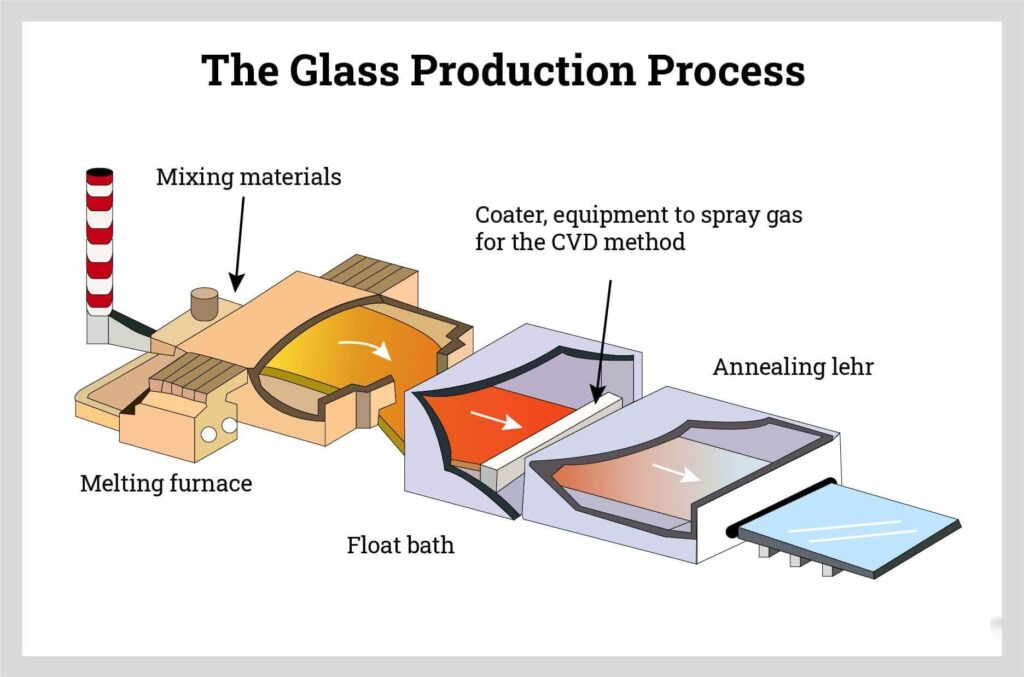Giriş Otomotiv arıza tespit teknolojisi ilerledikçe, Autel MaxiSys cihazınızın doğru şekilde kalibre edildiğinden emin olmak çok önemli hale gelmiştir. Etkili arıza teşhisi için Autel MaxiSys'e olan güvenin artmasıyla birlikte, iyi kalibre edilmiş bir dokunmatik ekrana sahip olmak hızlı, doğru yanıtlar ve sorunsuz etkileşimler için hayati önem taşımaktadır. Bu makalede, dokunmatik ekranın önemi konusunda size yol göstereceğiz [...]
Kategori Arşivleri: Blog
OLED Dokunmatik Ekranın Tanıtımı OLED (Organik Işık Yayan Diyot) dokunmatik ekranlar, OLED'in görsel kalitesini dokunmatik arayüzlerin sezgisel doğasıyla birleştirerek ekran teknolojisinde önemli bir sıçramayı temsil etmektedir. OLED teknolojisi, ışık yayan organik bileşikleri sayesinde canlı renkler, derin siyahlar ve olağanüstü kontrast sunma becerisiyle öne çıkmaktadır [...]
İnteraktif Dokunmatik Ekranın Tanıtımı Teknolojinin hızla ilerlediği bir çağda, interaktif dokunmatik ekranlar sağlık sektöründe dönüştürücü bir güç olarak ortaya çıkmıştır. Bu yenilikçi cihazlar sadece hasta bakımını iyileştirmekle kalmıyor; aynı zamanda klinik süreçleri düzene sokuyor ve genel operasyonel verimliliği artırıyor. Hastalar ve sağlık hizmeti sağlayıcıları arasındaki etkileşimi ve iletişimi teşvik ederek, [...]
Sayısallaştırıcı Ekranların Tanıtımı Günümüzün hızla gelişen teknolojik ortamında sayısallaştırıcı ekranlar, insan etkileşimi ile dijital sistemler arasındaki boşluğu dolduran önemli bir yenilik olarak öne çıkmaktadır. Dokunmatik ekran teknolojilerindeki ve interaktif ekranlardaki gelişmelerle birlikte sayısallaştırıcı ekranlar birçok sektörün ayrılmaz bir parçası haline gelmiş ve insanların cihaz yaratma, iletişim kurma ve cihazlarla etkileşim kurma biçimlerini değiştirmiştir. Bu makale [...]
Dirençli ve Kapasitif Dokunmatik Ekran Teknolojisine Giriş Dokunmatik ekranlar modern cihazların ayrılmaz bir parçası haline gelmiştir ve iki popüler tür -dirençli ve kapasitif- pazara hakimdir. Her biri benzersiz teknoloji, avantaj ve dezavantajlar sunar. Aralarındaki farkları anlamak, belirli uygulamalar için doğru seçeneği seçmek açısından çok önemlidir. Dirençli Dokunmatik Ekranlar: Basınç Tabanlı Algılama Dirençli [...]
Dokunmatik Panel Teknolojisinin Tanıtımı Dokunmatik panel teknolojisi, çeşitli sektörlerdeki cihazlarla etkileşim şeklimizi şekillendirerek modern yaşamın ayrılmaz bir parçası haline gelmiştir. Yıllar içinde basit bir giriş cihazı olmaktan çıkıp cep telefonlarından endüstriyel sistemlere kadar her şeye güç veren sofistike bir arayüze dönüşmüştür. Bu makale en son [...]
Akıllı Tahta Maliyetinin Tanıtımı Akıllı tahtalar modern sınıflarda devrim yaratarak eğitimcilerin öğrencilerle etkileşim kurma ve içerik sunma biçimlerini değiştirmiştir. Bununla birlikte, bu araçlar için gereken finansal yatırım büyük ölçüde değişebilir, bu da okulların seçeneklerini dikkatlice değerlendirmelerini çok önemli hale getirir. Bu makale, akıllı tahta maliyetlerinin ayrıntılı bir karşılaştırmasını sunarak eğitimcilere yardımcı [...]
Dokunmatik Ekranlı Beyaz Tahtanın Tanıtımı Günümüzün hızlı tempolu, teknoloji odaklı dünyasında dokunmatik ekranlı beyaz tahtalar iletişim ve işbirliğini geliştirmek için temel araçlar haline gelmiştir. Bu interaktif cihazlar, geleneksel toplantıları ve beyin fırtınası oturumlarını dinamik ve ilgi çekici deneyimlere dönüştürdü. Bununla birlikte, mevcut seçeneklerin çeşitliliği nedeniyle, mükemmel dokunmatik ekranlı beyaz tahtayı seçmek çok zor olabilir. Bu makale [...]
Dokunmatik Ekranların Tanıtımı Dokunmatik ekranlar teknolojiyle olan ilişkimizi önemli ölçüde değiştirmiştir ve eğitim üzerindeki etkileri özellikle dikkate değerdir. Bu gelişmiş araçlar, geleneksel sınıfları öğrencileri büyüleyen ve karmaşık konuları anlamalarını derinleştiren etkileşimli alanlara dönüştürmüştür. Sınıf Etkileşiminde Devrim Dokunmatik ekranlar, sınıfları dinamik ve etkileşimli alanlara dönüştürerek eğitim ortamlarında devrim yaratmıştır. [...]
Cam Üretimine Giriş Cam üretim endüstrisi, yüksek kaliteli ve çevre dostu ürünlere yönelik artan talebi karşılamak için gelişmiş süreçleri ve sürdürülebilir uygulamaları entegre ederek teknolojik yeniliklerin ön saflarında yer almaktadır. Bu makale, otomasyon, enerji tasarruflu süreçler ve yeniden şekillendiren yeni malzemelerin tanıtımına odaklanarak cam üretim teknolojisindeki en son gelişmeleri incelemektedir [...]

